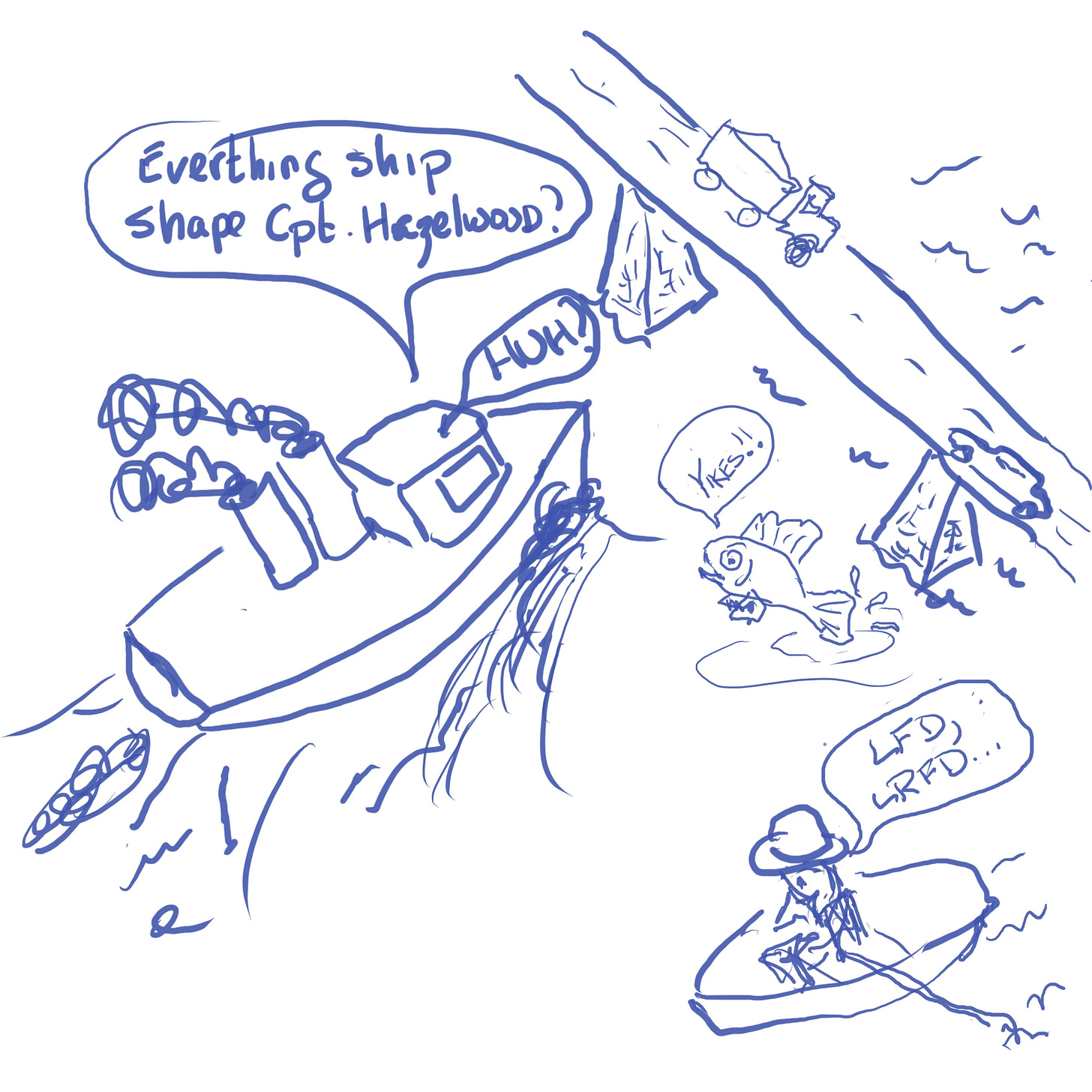Revisiting - What do LFD & LRFD mean to YOU?
In light of the recent incident at the Francis Scott Key Bridge in Baltimore
In the news: Baltimore bridge collision sends vehicles tumbling into water. How does this happen?
LRFD is the acronym that stands for “Load Resistance Failure Design”.1 From the Federal Highway Administration:
RFD is similar to LFD in the fact that the uncertainty is accounted for on both sides of the inequality. However, the major advantage of LRFD over LFD is that LRFD is probability-based. LRFD was developed based on a specific reliability index that targets a specific probability of failure.
LRFD is probability-based!
Great, the bridge will not fall down because it has probability, or will it?
Engineers traditionally use what they call '“safety margin” to design protection against the most extreme events that might take place such as, earthquakes, truck collisions, maximum weight of vehicles, and when over water, SHIP COLLISIONS.
OK, the Francis Scott Key bridge was not designed using probability, rather the uncertainty was taken into account using the engineering principle of “safety margin”. In this case, the safety margin obviously failed to include the possibility for a collision with a ship the size of the Dali.
Risk or Probability as a Design Criterion
My understanding of using LRFD in a bridge design is to avoid including the traditional safety margin. The main objective is to reduce the cost of protections that would otherwise be required.
So, new bridges are designed with assumptions about how likely it might be that a ship large enough to bring a bridge down such that if the likelihood is small, the design can assume that a collision will not occur. The LRFD design standard is now adopted by most regulators in codes allowing it.
The bottom line: A rare collision needs no safety margin for it.
My analysis is overly simplified but not completely without merit. For example, safety margin for ship collisions is usually added after the fact, after citizens have been harmed.
After the Skyway Bridge in Tampa Bay was hit by the Summit Venture, 35 people lost their lives. The bridge is now redesigned with safety margin for large ship collision by the addition of barriers—four large concrete barriers protect the main pylons with 32 smaller concrete barriers protecting both sides of the main span.
The return to traditional safety margin design does nothing for the citizens harmed by the bridge collapse. When the level of apriori protection includes traditional safety margins, citizens are better protected from harm.
After harm is caused, ex post protection is too late for those harmed.




